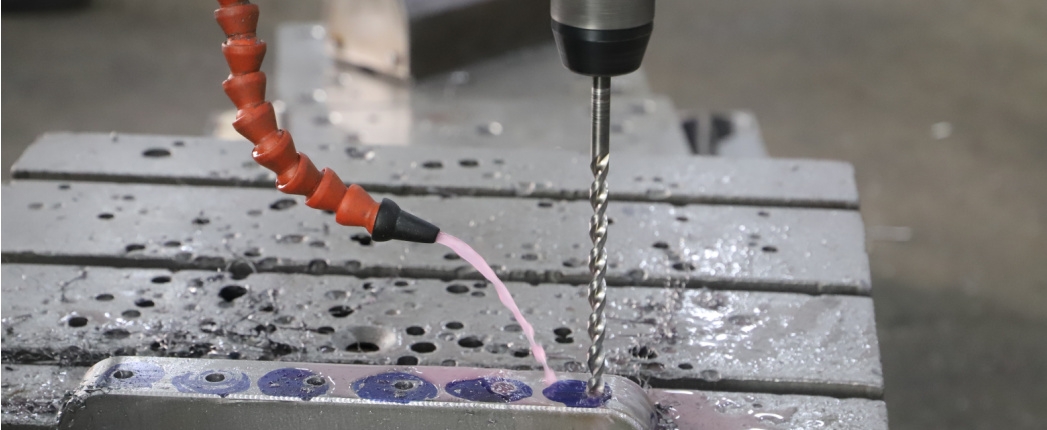
China’s government will prohibit the use of short-chain chlorinated paraffins beginning Jan. 1, aligning with numerous other countries that have outlawed the chemicals out of health concerns.
China’s Ministry of Ecology and Environment, Ministry of Commerce and General Administration of Customs issued a joint announcement on Oct. 18 about the release of the 2023 “List of Strictly Restricted Chemicals in China,” superseding a 2020 list. The updated list is based on prohibited chemicals, in accordance with the Stockholm Convention on Persistent Organic Pollutants, the Rotterdam Convention on Hazardous Chemicals and the Minamata Convention on Mercury. A change in the 2023 list stipulated that use of short-chain chlorinated paraffins for several uses – including as lubricant additives – will only be permitted until Dec. 31, 2023. This is in contrast to China’s 2020 list, which referred to industrial applications as permitted use for short-chain chlorinated paraffins, without stipulating an end-date.
Chlorinated paraffins are chlorinated alkanes with carbon chain lengths ranging from 10 to 38, with varying degrees of chlorination. Those with lengths from C10 to C13 are classed as short-chain. Those from C14 to C17 are classed as medium chain; from C18 to C20 as long chain. Chlorinated paraffins are used in metalworking fluids as extreme-pressure agents, especially for difficult drawing, forming and removal operations. Metalworking fluids fortified with the chemicals are often used to machine titanium alloys, stainless steels and other metals. That’s because they protect tools and components from friction, wear and overheating at high speeds and intense pressures.
The exemption period through Dec. 31 this year was limited to nine specified uses, including lubricant additives, especially for engines in automobiles, generators and wind energy facilities, as well as oil and gas exploration drilling and refineries that produce diesel.
According to the U.S. Environmental Protection Agency, SCCPs are persistent, bioaccumulative, and toxic to aquatic organisms at low concentrations. They can remain in the environment for a significant amount of time and can bioaccumulate in animal tissues, increasing the probability and duration of exposure.
The agency said even relatively small releases of these chemicals from individual manufacturing, processing, or waste management facilities have the potential to accumulate over time to higher levels and cause significant adverse impacts on the environment.